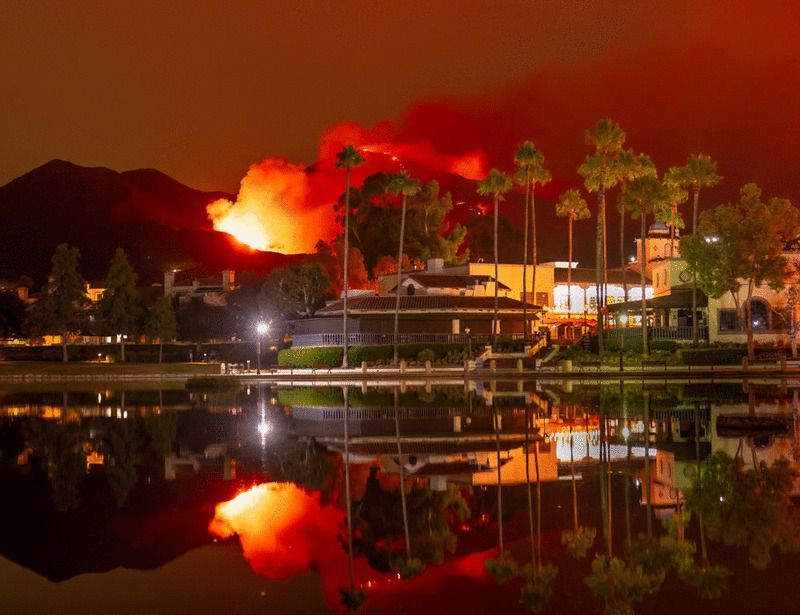Monica G. Turner
@monicagturner.bsky.social
1.5K followers
86 following
73 posts
Professor, University of Wisconsin-Madison; Co-editor in Chief of Ecosystems; works on forest ecology, fire ecology, disturbance dynamics, working landscapes, ecosystem services, ecosystem modeling. Likes biking, hiking and classical music.
Posts
Media
Videos
Starter Packs
Reposted by Monica G. Turner
Reposted by Monica G. Turner
Reposted by Monica G. Turner
Reposted by Monica G. Turner
Reposted by Monica G. Turner
Reposted by Monica G. Turner
Reposted by Monica G. Turner
Reposted by Monica G. Turner
Science Magazine
@science.org
· Aug 29

Increasing global human exposure to wildland fires despite declining burned area
Although half of Earth’s population resides in the wildland-urban interface, human exposure to wildland fires remains unquantified. We show that the population directly exposed to wildland fires incre...
scim.ag
Reposted by Monica G. Turner
Reposted by Monica G. Turner























